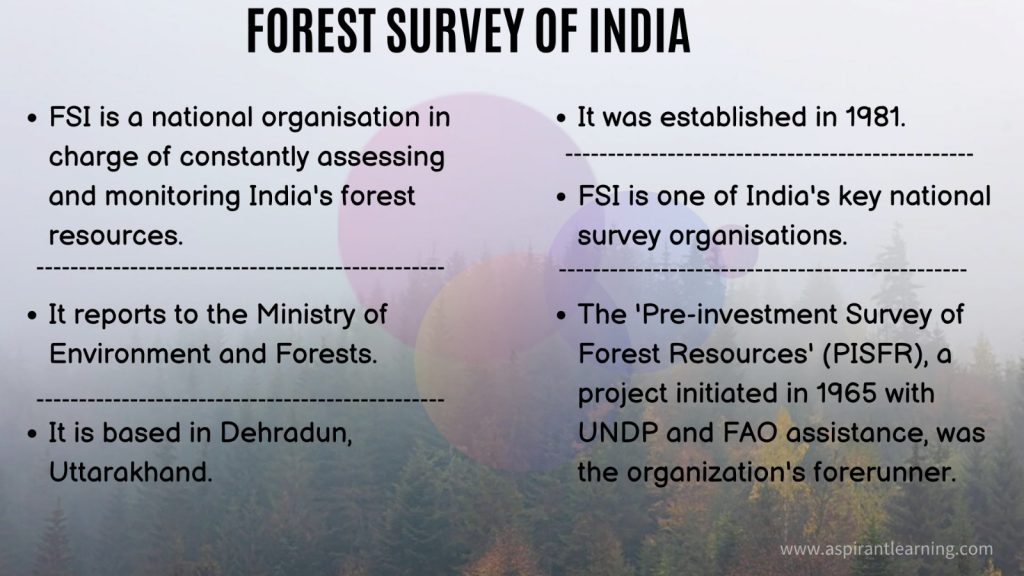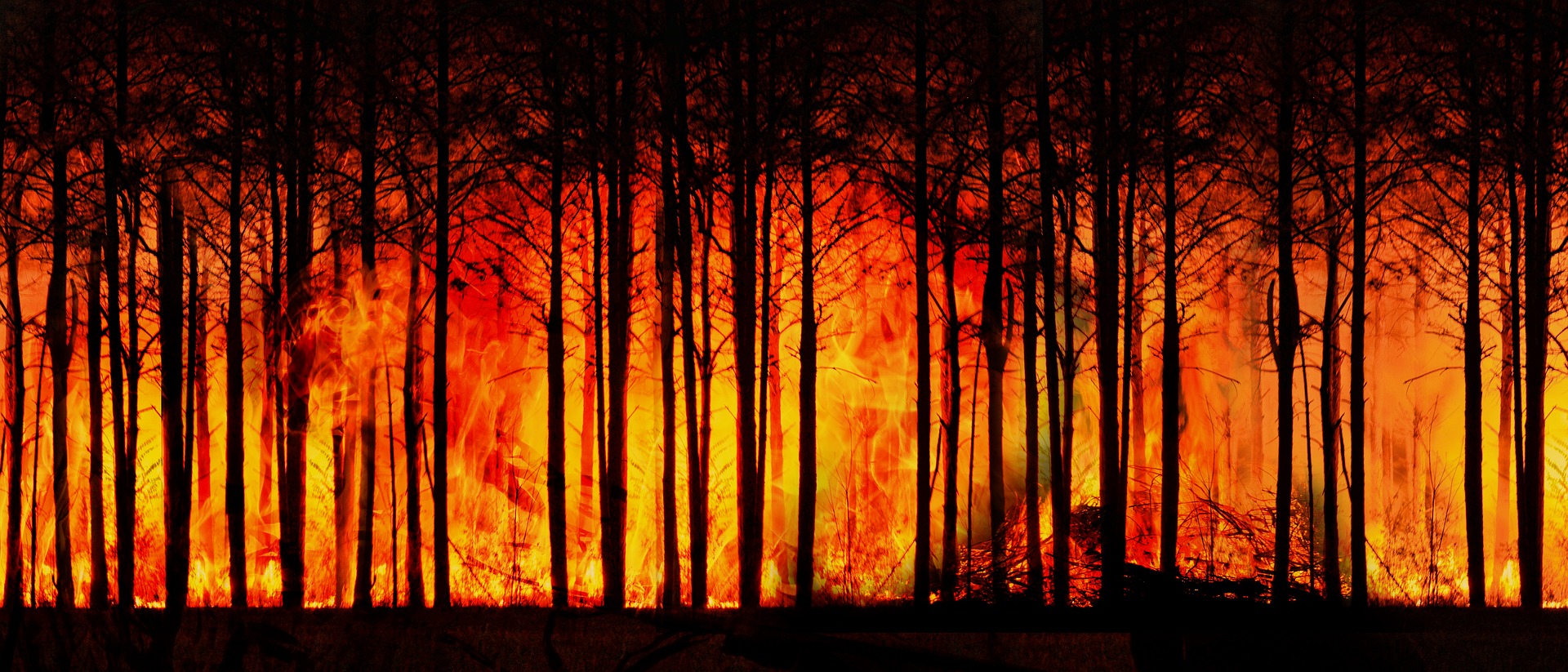News Highlight
Odisha reports 542 forest fires in last 7 days, highest in India: Forest Survey of India survey.
Key Takeaway
- Odisha has had the most significant forest fires in the recent two weeks, at 735, the most of any state since November 1, 2022.
- With no rain since October and soaring temperatures, Odisha’s increasing forest fires have sparked concerns about their effects on wildlife and ground plants.
Forest Fire
- About
- It is the most common hazard in forests.
- Forest fires, also known as wildfires, bushfires, or vegetation fires, are the uncontrolled, frequently widespread burning of plants in forests, grasslands, brushland, and tundra.
Types of Forest Fires
- Surface fires
- Because they only burn surface plant litter, they are the easiest to control and cause the least harm.
- Ground fires
- Underground or subsurface fires, as they are commonly known, burn within humus, peat, and piles of vegetation that are dry enough to burn.
- Although such fires spread slowly, they are frequently challenging to prevent or completely extinguish, making them dangerous.
- Crown fires
- The most intense and deadly forest fires are because they burn entire trees and can spread quickly due to winds moving through tree tops.
- Landscape fires
- They are seasonal, mild in intensity, readily controlled, and have a modest environmental impact.
- Wildfires
- They are characterised as high-intensity extreme occurrences that are difficult to regulate and have severe social, economic, and environmental consequences.
Causes of Forest Fires
- Natural Factors
- Lightning, rubbing of dry leaves and tree trunks, and rising temperatures can all cause fires.
- An advanced warmth and the early arrival of summer exacerbated Simlipal’s condition.
- Anthropogenic Factors
- Dropping a lit match, torchwood, or bidi/cigarette.
- Dry pine needles or leaves falling on an electric pole might cause a spark.
- When temporary hearths are left with fire, they can cause enormous forest fires.
- The fire might spread to the adjacent forest when people burn their fields to rid them of stubble, dry grass, or undergrowth.
Concerns
- It has a negative impact on forest regeneration and production.
- Harms the products and capacities given by forests.
- Forests help keep aquifers and streams flowing and provide fuel, fodder, and non-timber produce to local inhabitants.
- The organic substance in the soil is destroyed, exposing the top layer to erosion.
- Effect on wildlife by destroying eggs, killing young animals, and forcing adults away from their safe habitat.
- They can sometimes go out of control and spread to human communities, threatening human life and property.
Prevention Methods
- Using meteorological data to forecast fire-prone days.
- Campgrounds are being cleared of dried biomass.
- Dry litter on the forest floor is burned early.
- Developing fire-resistant plant strips throughout the forest.
- Establishing fire lines in the forests.
- Controlled burning is also employed to keep forest fires at bay.
Forest Fire Management Initiatives in India
- National Action Plan on Forest Fires
- It focuses on managing forest fire scenarios in the country.
- It includes fire prevention, fire control, post-fire operations, and community mobilisation, among other things.
- Near Real-Time Forest Fire Alerts (FAST 1.0)
- State Forest Departments have been alerted of forest fire locations detected by the MODIS sensor onboard the Aqua and Terra Satellites of NASA since 2004.
- In 2017, FSI incorporated another sensor SNPP-VIIRS.
- It has a better nighttime detection capability than MODIS and can detect small and under-canopy fires.
- With the launch of “Forest Fire Alert System 2.0”, this entire process has been completely automated
- It effectively reduces the dissemination time lag.
- Forest Fire Pre-Warning Alerts
- FSI created an indigenous “Pre-Warning Alert System” in 2016.
- The notifications are based on characteristics such as forest cover, forest type, climate variables, and recent fires in the area.
- These alerts are valid for one week based on short-term meteorological variables.

Pic Courtesy: Down to Earth
Content Source: Hindustan Times



